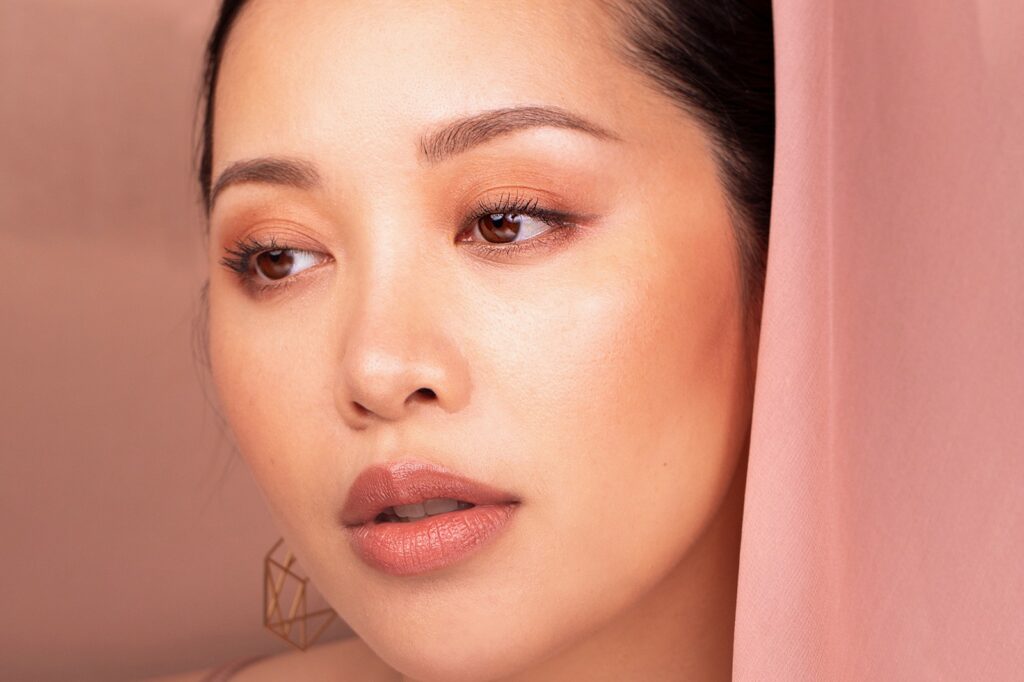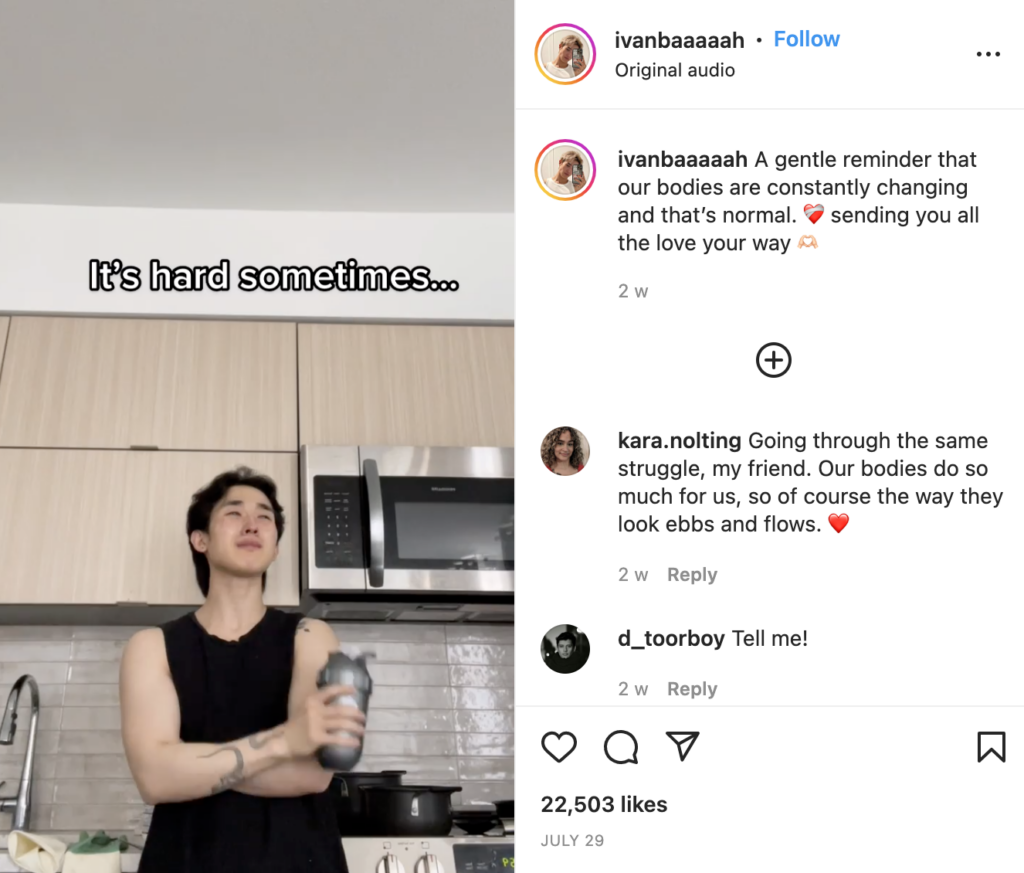
With an Australia Talks survey revealing that 97% of Australians don’t trust influencers, it’s clear that there has been a big shift in the portrayal of influencers in 2022. The rise in authenticity across social media platforms has left a gaping hole where the picture-perfect, curated Instagram influencer was propped up on a pedestal. Coupled with rising calls for brands to take social responsibility, influencers can no longer choose to stay quiet on social issues without repercussion. It gives rise to the question - are influencers still relevant in today’s social media landscape, and if so, how has it changed?
Influencing in digital media began with people taking advantage of Instagram’s picture-based platform to share perfect, curated images of their life. Filtered photos, instagrammable walls and luxurious lifestyles were showcased on the platform to create aspirational figures that people could look towards. Brands were quick to align themselves with popular influencers to cash in on their large audiences, and influencers slowly became synonymous with sponsored posts and a lack of relatability. No regulations for the newly formed advertising space meant that influencers could promote products without disclosing it as an ad placement or without any verification of the legitimacy behind product claims. This slowly developed over years as the influencer profession was established and gained popularity.

The downfall of the curated influencer falls in line with the rise of TikTok which is home to more informal, casual and real content. Gen Z, having grown up during an age where influencers were inherently distrusted, initiated a shift towards more authentic and relatable content. The same platforms that projected these picture-perfect influencer lifestyles began to expose and break them down; social media posts detailing before and after edits, posed vs non-posed shots and fake airplane photoshoot sets, along with the revelation of the exorbitant amounts of money influencers were paid to promote products they were backing. Influencers could no longer be trusted.
Coupled with their picture-perfect facade was a disconnect from reality, inviting audiences to consume their content as a digital escape from social and political issues. Influencers amassed a large following by remaining neutral on social and political issues and instead focusing on their own content. However the shift to a time where social issues and political alignment are more meaningful than ever means that influencers are no longer able to remain silent. The modern-day influencers are now perceived as brands themselves, and consumer expectations have shifted over the past few years; there is an increasing pressure from consumers for brands to actively display their values. Gen Z and millennial consumers support brands based on having corresponding values and beliefs, and to remain silent is to be compliant with injustice. The expectation to be real, authentic and equitable has forced brands and influencers to shift away from neutrality.

The rise of an increasingly critical consumer base has given way to more authentic and real influencers that are increasingly scrutinised. Influencers like Emma Chamberlain, Jazzy Anne and Ivan Lam, who post unhinged and messy posts depicting bed hair, public bathroom mirror selfies, imperfect food shots and vulnerable captions, have marked the era of a new influencer. This shift reveals to businesses who want to work with influencers that there are more factors than just vanity metrics that are important to today’s consumers. Businesses must be selective in choosing influencers that they work with - something as small as an environmentally-friendly brand partnering with an influencer who has $1000 Shein hauls will ruin the reputation and legitimacy of your brand.
Whilst many might question the role of influencers and their relevance in the social media landscape in 2022, it's safe to say that influencers still play a big role - but just in a different way. The shift in consumer expectation reinforces the belief that brands hold meaning and power beyond selling products and providing services, and they must take responsibility.
